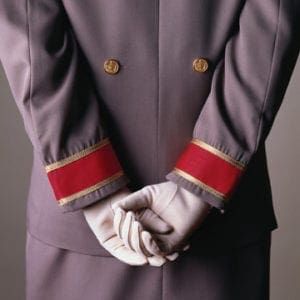
Top insight of 2015 originally published on September 2, 2015…
There has been a great deal of excitement generated with the news that celebrity chef Rene Redzepi is bringing his famed Copenhagen restaurant Noma to Australia next year for a ten week temporary stint on the Sydney waterfront. I may be a lonely voice, but I go on record as viewing this venture with some trepidation based on the menu he served at a similar pop-up restaurant at the Mandarin Oriental in Tokyo earlier this year. I refer specifically to his experimentation with live food and my opposition to this unnecessary fad.
Redzepi is renowned for his passion for foraging for fresh food. In Tokyo, he interpreted Japanese tradition with an offering of jumbo prawns, topped with tiny live black ants. The prawns were killed minutes before they were served with a needle to the brain – reviewers described them as “so fresh they’re still dancing their final quivers” (Japan Times) and “so recently dead that its brain has yet to telegraph this information to the rest of its body” (Bloomberg’s Tejal Rao).
It was not Noma’s first inclusion of live ants on a dish either. One of Redzepi’s signature dishes is beef tartare with ants and at a pop-up restaurant in London in 2012, he featured live ants served with creme fraiche.
I worry that he will be tempted to serve live food in Sydney too. Live food is definitely not a part of contemporary Australian culture. Yes, you can find instances in Aboriginal culture where certain grubs, insects, mangrove worms and the like were once part of traditional diets, but that is very far removed and out of context from 5-star urban eateries.
I object to live food on several fronts – respect, morality, animal cruelty, health and safety – need there be more reasons? Besides being unethical, eating live animals or parts of live animals is specifically prohibited by some religions and against the law in many jurisdictions.
A further concern is that younger, less experienced chefs will be tempted follow his live food example and create ever-more outlandish dishes with live food in an attempt to fast-track their way to fame – or at least notoriety. Noma’s influence should not be underestimated. There has already been an upswing in food tourism to Japan from wannabe gourmands searching for live food experiences.
Once past the squeamishness of the offering, reviewers claimed the ants gave the prawn dish a “sour kick” or a “pinprick of sharp acidity”. A good chef could achieve the same result by far less sensational means, at least to a degree that 99 percent of the public would not be able to differentiate in a straight-out taste experience.
While there are examples live food in certain cultures which may be tolerable when considered in an appropriate historical context, serving live food – be it seafood, insects or anything else – for some kind of shock value in an urban fine-dining setting is simply cruel. The brinkmanship in moving the line from cooking with fresh local ingredients to raw food and now to live food is distressing. I believe serving live food is not pushing food boundaries, but overstepping them.
This leads me to question – what other stressed creatures will we see squirming on plates and where does it all end? Where is the social media outrage? And why haven’t we seen protests by animal welfare organisations? Consider this piece the first salvo in what I hope will be a movement that will see a red line drawn against serving live food.
“(Culinary) Art, like morality, consists in drawing the line somewhere.” Gilbert K. Chesterton
About the author
 Fritz Gubler is the President of eHotelier. He has many years of experience across the globe in a wide range of roles in the hospitality industry. Read more about his background in the About Us section of eHotelier.
Fritz Gubler is the President of eHotelier. He has many years of experience across the globe in a wide range of roles in the hospitality industry. Read more about his background in the About Us section of eHotelier.
What are your thoughts on live food? Share your views in the Comments Section below!


















